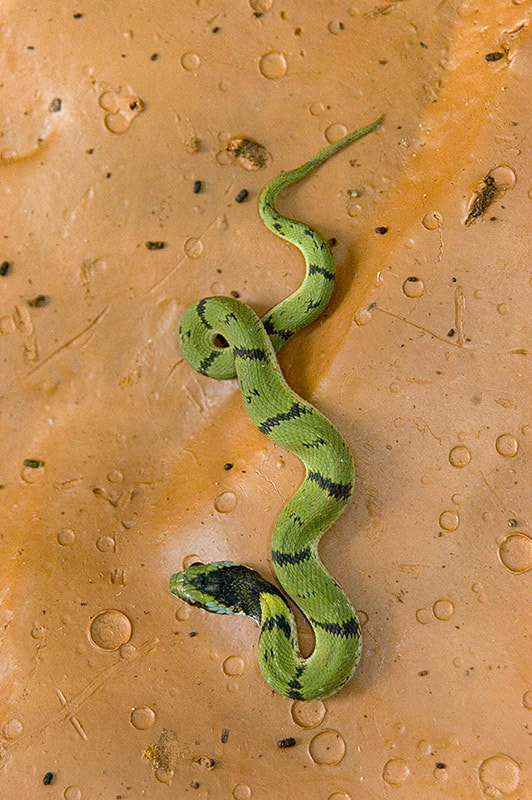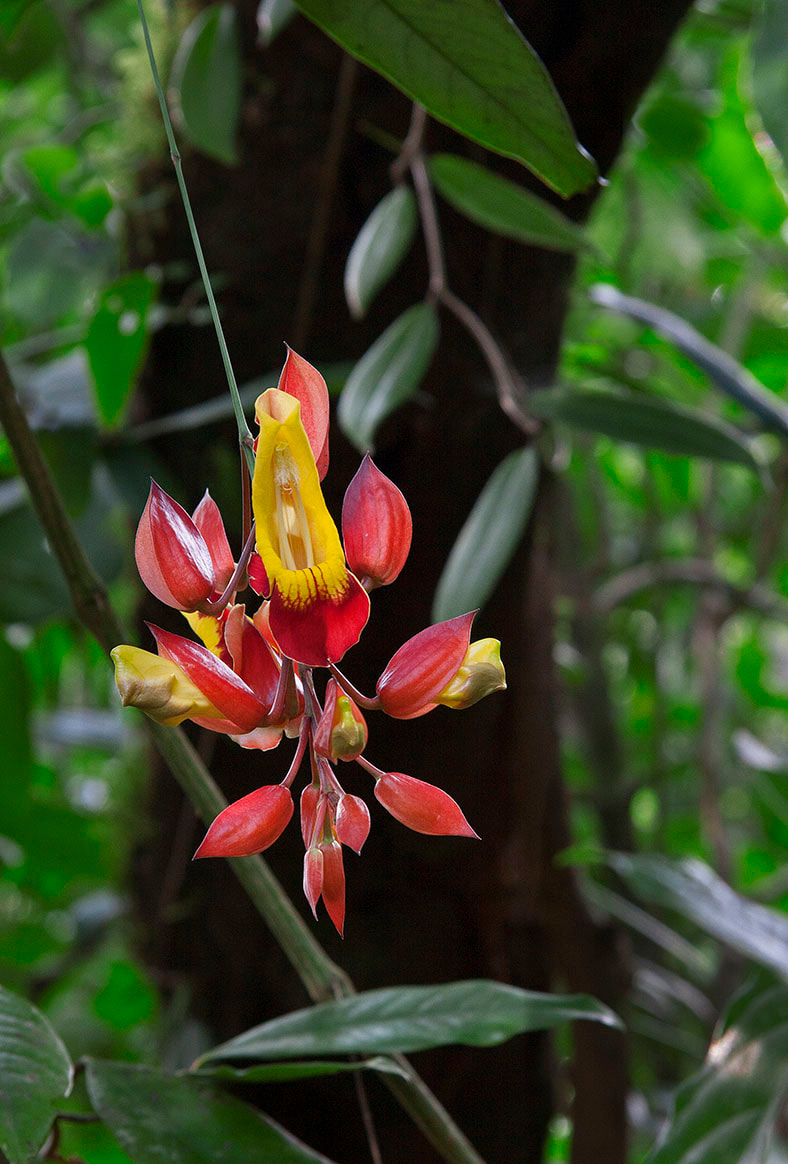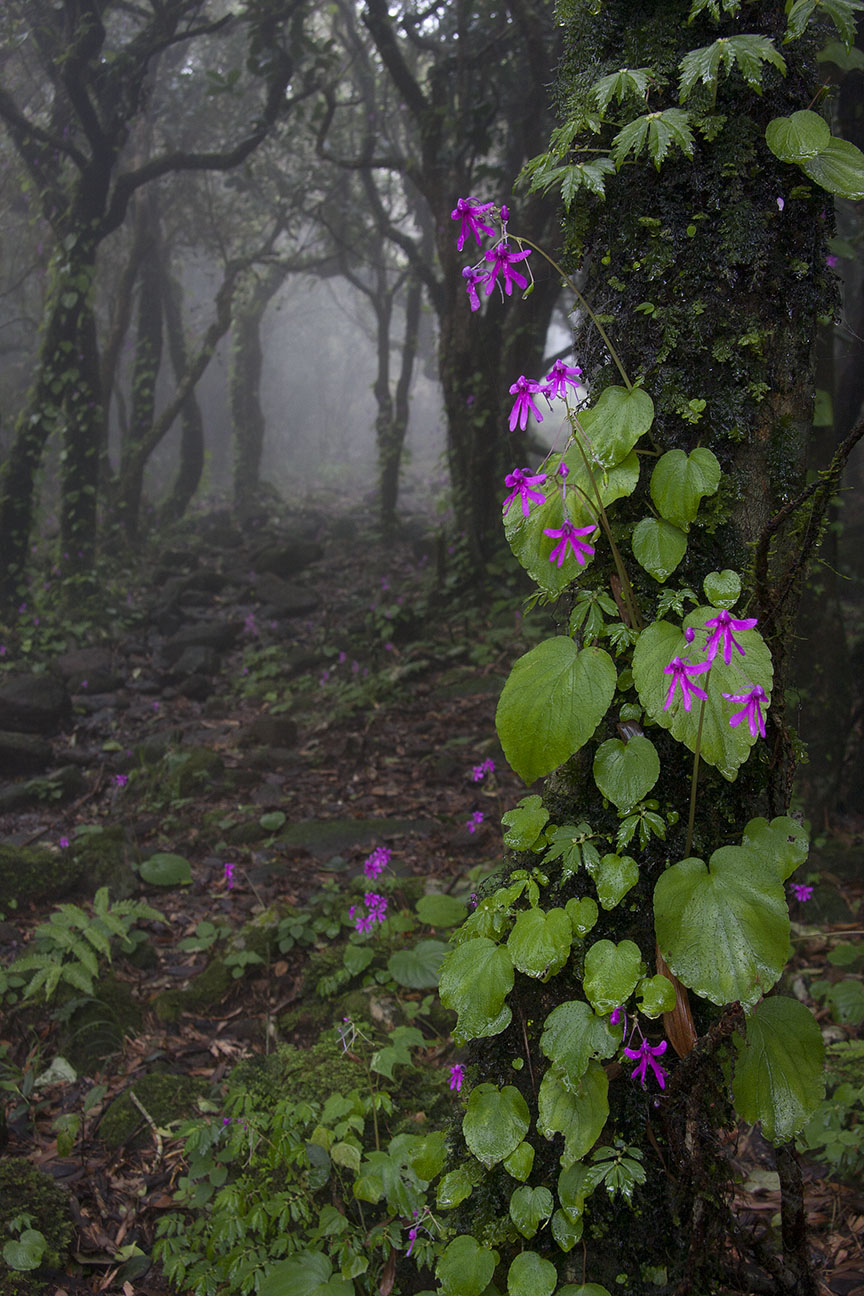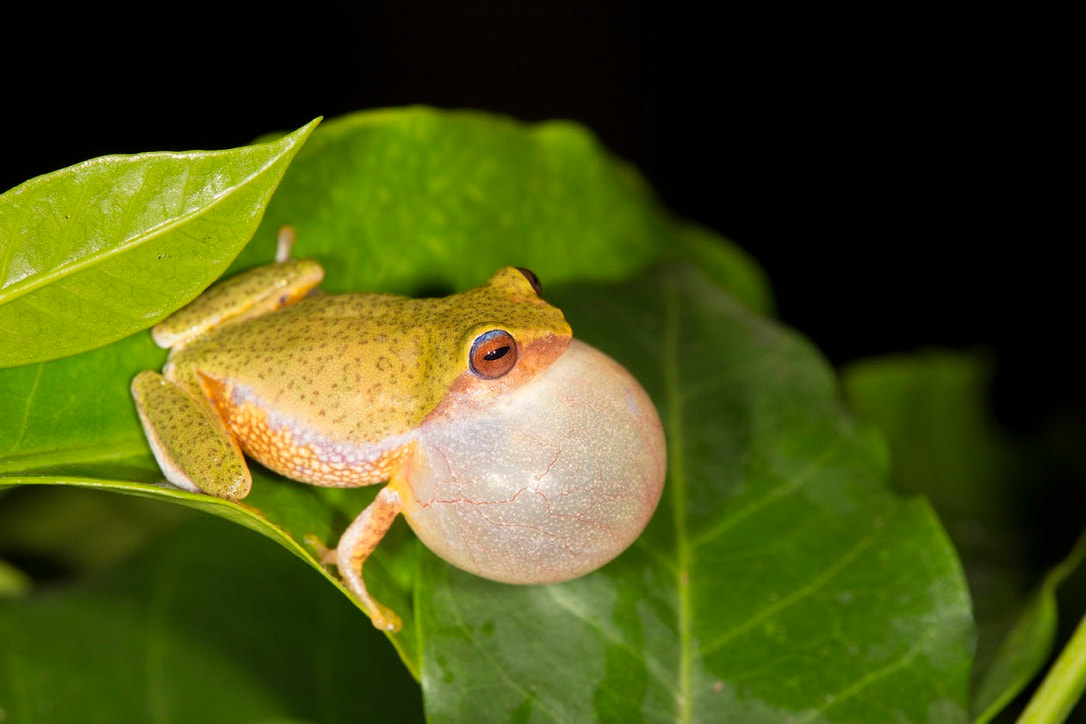Biodiversity
The Western Ghats are older that the Himalayan mountains.
These Ghats even influence the Indian monsoon. In area they cover under 5% of India but harbour nearly a third of India’s biodiversity. Many of the unique species seen here are endemic and this region is now recognised as one of the world’s eight ‘hottest hotspots’ of biological importance.
We are situated in the heart of this incredible landscape.
Our region is dominated the unique low elevation shola–grassland ecosystem. Here the valley’s are dominated by stunted montane forest, which are separated by rolling grasslands. This unique ecosystem shelters an incredible array of life forms, from large mammals to tiny insects.
These Ghats even influence the Indian monsoon. In area they cover under 5% of India but harbour nearly a third of India’s biodiversity. Many of the unique species seen here are endemic and this region is now recognised as one of the world’s eight ‘hottest hotspots’ of biological importance.
We are situated in the heart of this incredible landscape.
Our region is dominated the unique low elevation shola–grassland ecosystem. Here the valley’s are dominated by stunted montane forest, which are separated by rolling grasslands. This unique ecosystem shelters an incredible array of life forms, from large mammals to tiny insects.
Some of our inhabitants are :
Amphibians – caecilians, malabar gliding frog( Rhacophorus malabaricus) , winged gliding frog (Rhacophorus lateralis ), blue-eyed bush frog, Raorchestes tuberohumerus, Ghatophryne ornate, Raorchestes ponmudi, Nyctibatrachus kumbara, Micrixalus etc.
Snakes: kingcobra, malabar pit-viper, wolfsnakes, cat snake, coral snake, vine snake, rat snake, many shield tail species.
Mammals: wild dogs, jackals, civet cats, flying squirrel, porcupine, wild boar, leopard cat, barking deer, giant malabar squirrel, mongoose, tigers and leopards.
Birds: Malabar trogon, racket tailed drongo, rufus babbler, crested serpent eagle, waynad laughing thrush, black eagles etc.
Insects: Atlas moths, lunar months, southern birdwing, paris peacock, fireflies, many species of beetles, dragonflies etc.
Fungi: Coral fungi, stinkhorns, bracket fungi, club, etc
Plants: orchids, impatients, ferns, strobilanthes, carnivorous plants, grasses, trees etc.
Amphibians – caecilians, malabar gliding frog( Rhacophorus malabaricus) , winged gliding frog (Rhacophorus lateralis ), blue-eyed bush frog, Raorchestes tuberohumerus, Ghatophryne ornate, Raorchestes ponmudi, Nyctibatrachus kumbara, Micrixalus etc.
Snakes: kingcobra, malabar pit-viper, wolfsnakes, cat snake, coral snake, vine snake, rat snake, many shield tail species.
Mammals: wild dogs, jackals, civet cats, flying squirrel, porcupine, wild boar, leopard cat, barking deer, giant malabar squirrel, mongoose, tigers and leopards.
Birds: Malabar trogon, racket tailed drongo, rufus babbler, crested serpent eagle, waynad laughing thrush, black eagles etc.
Insects: Atlas moths, lunar months, southern birdwing, paris peacock, fireflies, many species of beetles, dragonflies etc.
Fungi: Coral fungi, stinkhorns, bracket fungi, club, etc
Plants: orchids, impatients, ferns, strobilanthes, carnivorous plants, grasses, trees etc.







